From Manual to Automated: Mold Flipper Adoption in Mexico for Procurement Managers
In every steel mill I've visited, from the smallest workshops to massive integrated plants, I see the same pressure points. The constant demand for higher output, the unforgiving focus on safety, and the ever-present need to control costs. A critical, yet often overlooked, part of this process is mold handling. Manually turning or flipping heavy, expensive molds with cranes is a slow, dangerous bottleneck that quietly drains resources and puts your people at risk. You know this process is inefficient, but the daily fires of production demand your attention, leaving this fundamental problem unsolved.
Adopting an automated mold flipper in a Mexican steel mill transitions your operations from high-risk, labor-intensive manual turning to a safe, efficient, and controlled process. This specialized equipment protects valuable molds from damage, prevents catastrophic accidents, and significantly speeds up maintenance and production cycles, directly impacting your bottom line and overall plant efficiency.
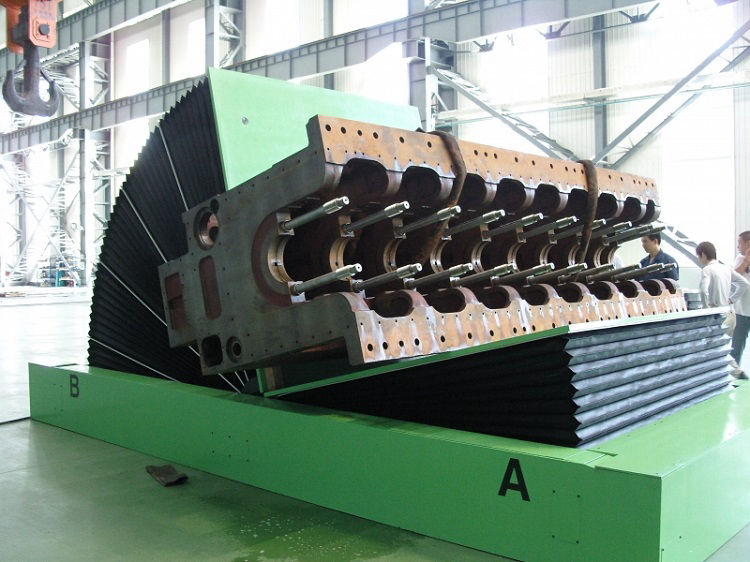
I've walked in your shoes. I started as an engineer on the factory floor, and I've seen firsthand what happens when a sling snaps or a load shifts. The decision to invest in automation like a mold flipper goes far beyond a simple equipment purchase. It's a strategic choice about the kind of operation you want to run. It's about building a safer, more predictable, and more profitable future for your company. Let’s explore what this transition really means for a forward-thinking leader in Mexico's steel industry.
The familiar sight of a massive mold dangling from crane hooks is a source of constant, low-level anxiety in any plant. Everyone hopes for the best, but experienced leaders know that hope is not a strategy. An unstable load, a moment of inattention, or a minor equipment fault can lead to a catastrophic failure in seconds. These incidents don't just appear on a single line item in your budget; they create a ripple effect of hidden costs that disrupt operations for days or even weeks. A dedicated mold flipper isn't just a piece of machinery; it's an engineered solution designed to remove this specific, high-stakes risk from your daily workflow.
A mold flipper drastically improves safety by providing a stable, controlled 90 or 180-degree turning motion, eliminating the reliance on precarious crane and sling methods. This directly reduces hidden costs associated with accidents, equipment damage, insurance claims, and production stoppages, turning a high-risk task into a routine, push-button operation.
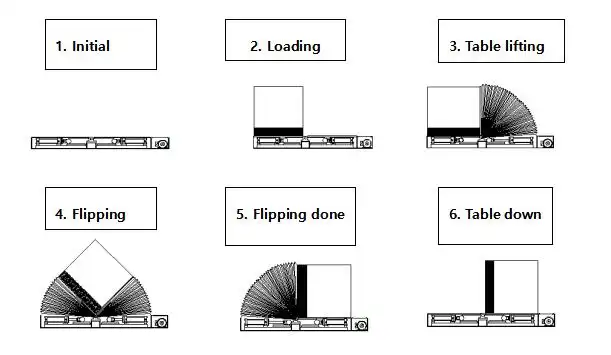
The True Cost of "Business as Usual"
When I was a young engineer, I witnessed a near-miss that I’ll never forget. A team was using a crane to flip a die for maintenance. One of the chains slipped. The multi-ton piece of steel didn't fall, but it swung violently, missing a worker by inches. The entire area was shut down for hours. An investigation was launched. Everyone was shaken. Production was lost. That day, I learned that the cost of "doing things the old way" is never zero. It’s a debt that accumulates over time and is eventually paid through accidents, downtime, and damaged assets. An automated mold flipper is your insurance against paying that debt. It transforms a complex, multi-person, high-risk job into a simple, one-person, low-risk task.
Quantifying the "Hidden" Costs
Thinking like an engineer and a business owner, I always want to see the numbers. The benefits of a mold flipper become incredibly clear when you systematically compare the old method with the new one. These are not abstract concepts; they are real financial and operational drains on your business.
| Hidden Cost Category | Manual/Crane Method | Automated Mold Flipper |
|---|---|---|
| Personnel Safety | High risk of crushing injuries or fatalities. Constant potential for human error. | The operator is at a safe distance. The machine's movement is predictable and controlled. Risk is near-zero. |
| Mold & Equipment Damage | High probability of damage to the mold, die, or nearby equipment from impacts or drops. A single damaged mold can cost tens of thousands of dollars. | The smooth, even pressure and controlled rotation protect the mold as a valuable asset. The risk of damage is virtually eliminated. |
| Production Downtime | A single incident can halt a production line for hours or days for investigation and repairs. The flipping process itself is slow and requires clearing a large area. | The flipping cycle is fast and predictable (often under 5 minutes). Downtime is minimized and planned, not sudden and chaotic. |
| Insurance & Liability | Higher insurance premiums due to the inherent risk profile of the operation. A serious accident can lead to massive liability claims. | Demonstrates a commitment to safety, which can lead to lower insurance premiums and significantly reduced legal liability. |
| Labor Allocation | Requires at least two to three skilled people: a certified crane operator and one or two riggers on the ground. Their time is valuable. | Can be operated by a single trained worker with the push of a button, freeing up skilled labor for more value-added tasks. |
Investing in a mold flipper is not an expense. It is a direct and powerful measure to eliminate these hidden costs from your operation permanently.
What is the real ROI of automating mold handling in a Mexican steel mill?
As a steel mill owner, you are rightly focused on the return on investment for any capital expenditure. The initial price of a machine is easy to see, but its true value is measured over its lifetime. It’s tempting to stick with existing methods because they don't require an upfront check. But that approach ignores the daily "tax" you pay in the form of inefficiency, risk, and lost production. The true ROI of a mold flipper is not just about preventing a costly accident; it's about unlocking new levels of efficiency that pay you back every single day.
The real ROI of an automated mold flipper comes from a combination of direct cost savings in labor and damage reduction, and significant gains in operational efficiency. By dramatically shortening mold maintenance and changeover cycles, you increase valuable production uptime, which provides the largest and most consistent financial return over the machine's lifespan.
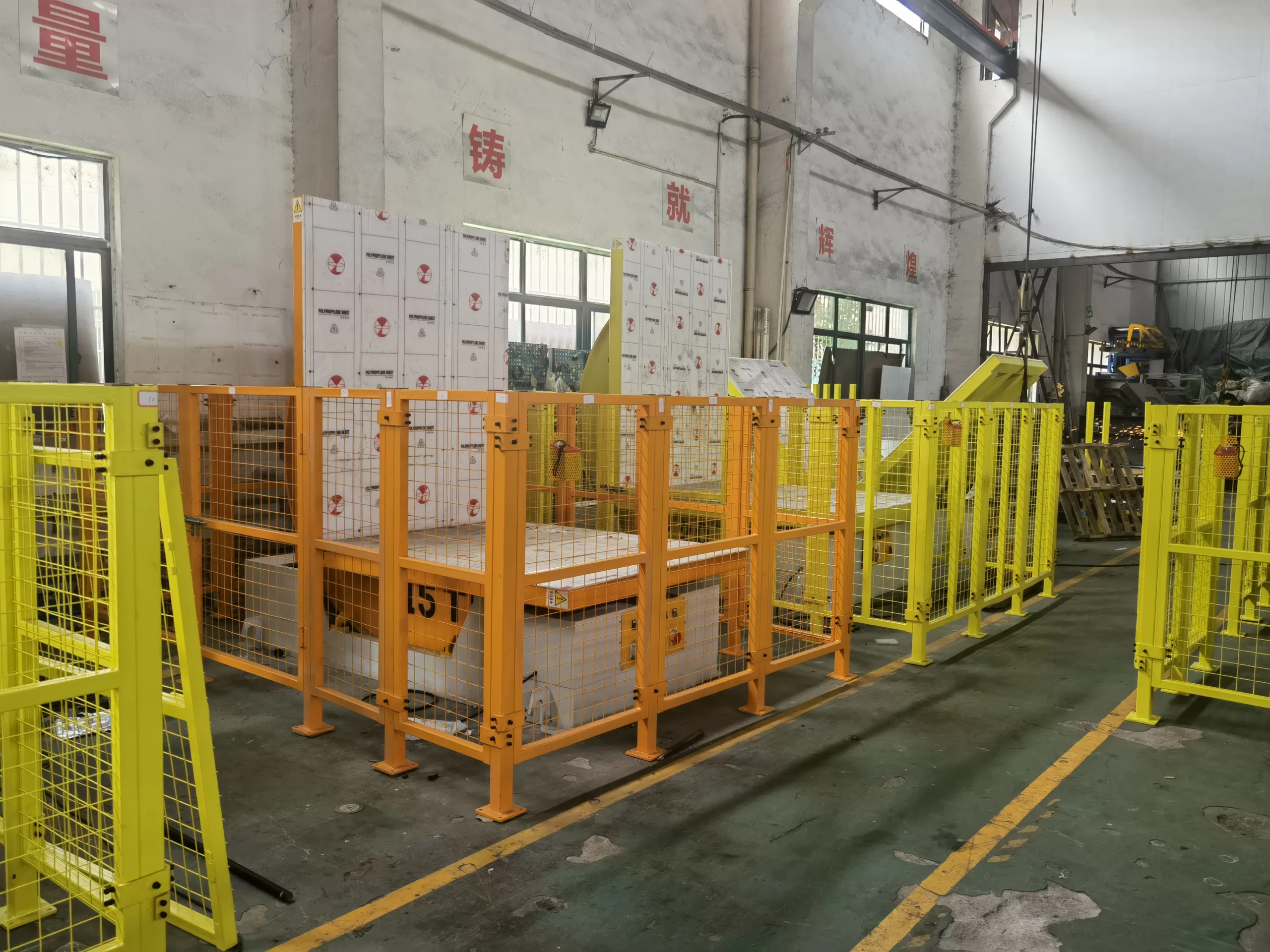
Breaking Down the Financials
Let’s be pragmatic. A decision like this needs a solid business case. You're running a 2-million-ton-per-year plant. Every minute of uptime has a significant dollar value. The mold flipper's primary contribution to your goal of 95% uptime and 8% cost reduction comes from its speed and reliability. I have helped many clients build this exact justification, and it often comes down to a few key metrics that are easy to measure in your own facility.
A Comparative ROI Model
Let's look at a simplified but realistic comparison. We will make some conservative assumptions. You can substitute your own plant's numbers here for a more precise calculation. Assume you perform 5 mold flips per day for maintenance or changeovers.
| Metric | Manual Method (Crane) | Automated Flipper | Annual Savings/Gain |
|---|---|---|---|
| Time per Flip | 35 minutes (includes setup, lift, turn, set down, clearing area) | 5 minutes | 30 minutes saved per flip |
| Daily Time Savings | N/A | 5 flips * 30 min/flip = 150 minutes/day | 2.5 hours/day |
| Annual Time Savings | N/A | 2.5 hours/day * 250 workdays/year = 625 hours/year | 625 hours of reclaimed time |
| Labor Required | 3 people (1 crane operator, 2 riggers) | 1 operator | 2 skilled workers freed up |
| Annual Labor Savings | N/A | 2 workers 625 hours (loaded hourly rate) | Significant direct cost savings |
| Mold Damage Risk | Assume 1 moderate incident per year costing $25,000 in repairs & downtime. | Negligible | $25,000+ saved annually |
| Uptime Contribution | Lost time is lost production. | 625 hours/year of faster changeovers directly translates to potential production uptime. | For a large mill, this can equal millions in additional revenue. |
The numbers speak for themselves. The savings in labor and avoided damage are substantial. But the most powerful part of the ROI is the gain in production capacity. Those 625 hours are not just idle time; they are hours where your mill could be producing steel. This is how you move the needle on your goal of 95% equipment effective running time. The investment in a mold flipper often pays for itself in less than a year, and then continues to contribute to your bottom line for many years to come.
How can a mold flipper integrate with our push for digitalization and higher uptime?
You are wisely investing in a digital future with MES, IoT sensors, and data analytics. In this new environment, any new piece of equipment that is "dumb" – unable to communicate and share data – is a liability. It creates a blind spot in your operations. You might think of a mold flipper as a simple, heavy-duty mechanical tool, but a modern machine is much more. It must be a fully integrated node in your smart factory network, contributing valuable data to your goal of total production visibility.
A modern mold flipper integrates with your digitalization strategy by connecting directly to your MES and plant control systems. It provides real-time data on cycle times, operational status, and motor performance, enabling predictive maintenance and contributing directly to the intelligent scheduling required to achieve 95% uptime.
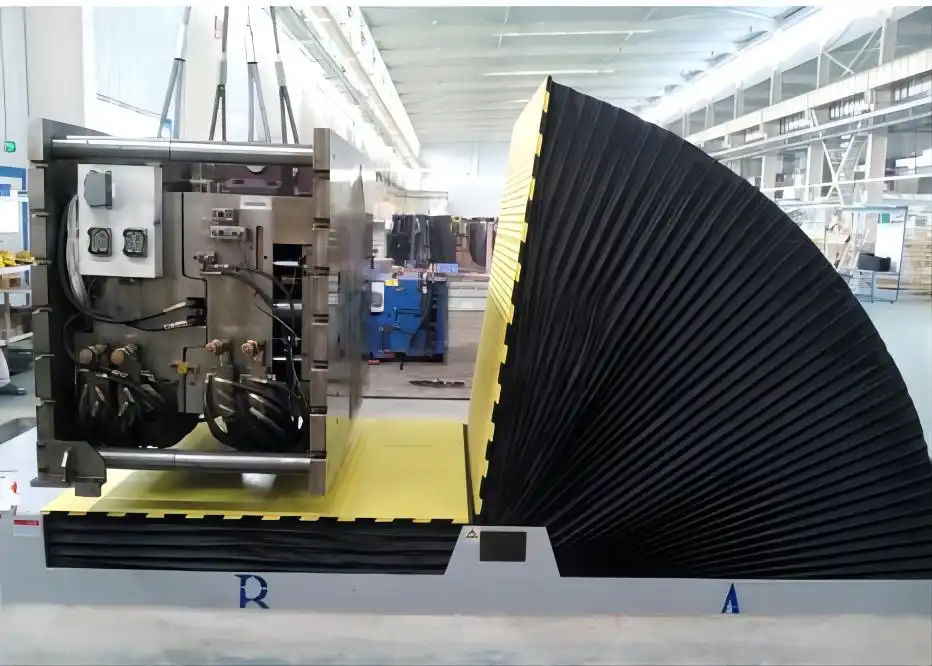
From Mechanical Tool to Smart Asset
The push for digitalization is something I am passionate about because it’s where reliability meets intelligence. A mold flipper ceases to be just a flipper and becomes a source of truth. By equipping it with the right sensors and PLC connections, it can seamlessly talk to the systems you are already putting in place. The integration is not an afterthought; it is designed from the beginning. We don't just sell you a machine; we ask about your control architecture. Do you use Siemens or Rockwell? What communication protocol does your MES use? This is how we ensure the equipment works not just physically, but digitally within your ecosystem.
The Data Flow for a Smarter Mill
Imagine your production dashboard. With an integrated mold flipper, you don't just see that a line is down for a mold change; you see the exact status of the changeover process. This data flow is a two-way street that empowers predictive maintenance and intelligent scheduling.
| Data Point from Flipper | How It Supports Your Goals |
|---|---|
| Cycle Time Tracking | The PLC logs the start and end time of every flip. This data fed to the MES helps you precisely measure and optimize your changeover times. It verifies that your standard operating procedures are being followed. |
| Fault Codes & Alerts | If a motor overloads or a safety sensor is tripped, the flipper doesn't just stop. It sends a specific fault code to the MES and maintenance department. This is the foundation of predictive maintenance. |
| Motor Current/Vibration | By monitoring the motor's energy consumption and vibration patterns over time, you can detect signs of wear before a failure occurs. This allows you to schedule maintenance proactively, avoiding unplanned downtime. |
| Operational Status | Real-time status (e.g., idle, running, in-fault) is visible on the central MES. This gives your production planners accurate information to build a more effective schedule and maximize产能利用率. |
This integration is a practical step toward your goal of a fully visualized production environment. It turns a necessary piece of handling equipment into an active participant in your data strategy. It helps you find and eliminate small delays that, when added up, make the difference between hitting your uptime targets and falling short.
Why is a strategic partnership more critical than just purchasing a machine?
As an experienced business owner, you know the difference between a transaction and a relationship. You can buy a standard machine from a catalog from almost anyone. The purchase process might be simple. But your challenges—aging equipment, environmental pressures, the need for continuous improvement—are not simple. They require more than just a piece of hardware. When you invest in critical equipment, you are not just buying steel and motors; you are buying a result. And that result depends entirely on the expertise and commitment of the people behind the product.
A strategic partnership is more critical than a simple purchase because a reliable partner provides comprehensive support that ensures value over the machine's entire 15-20 year lifespan. This includes customized design, seamless installation, robust training, proactive maintenance, and expert advice on future challenges like digitalization and environmental compliance.
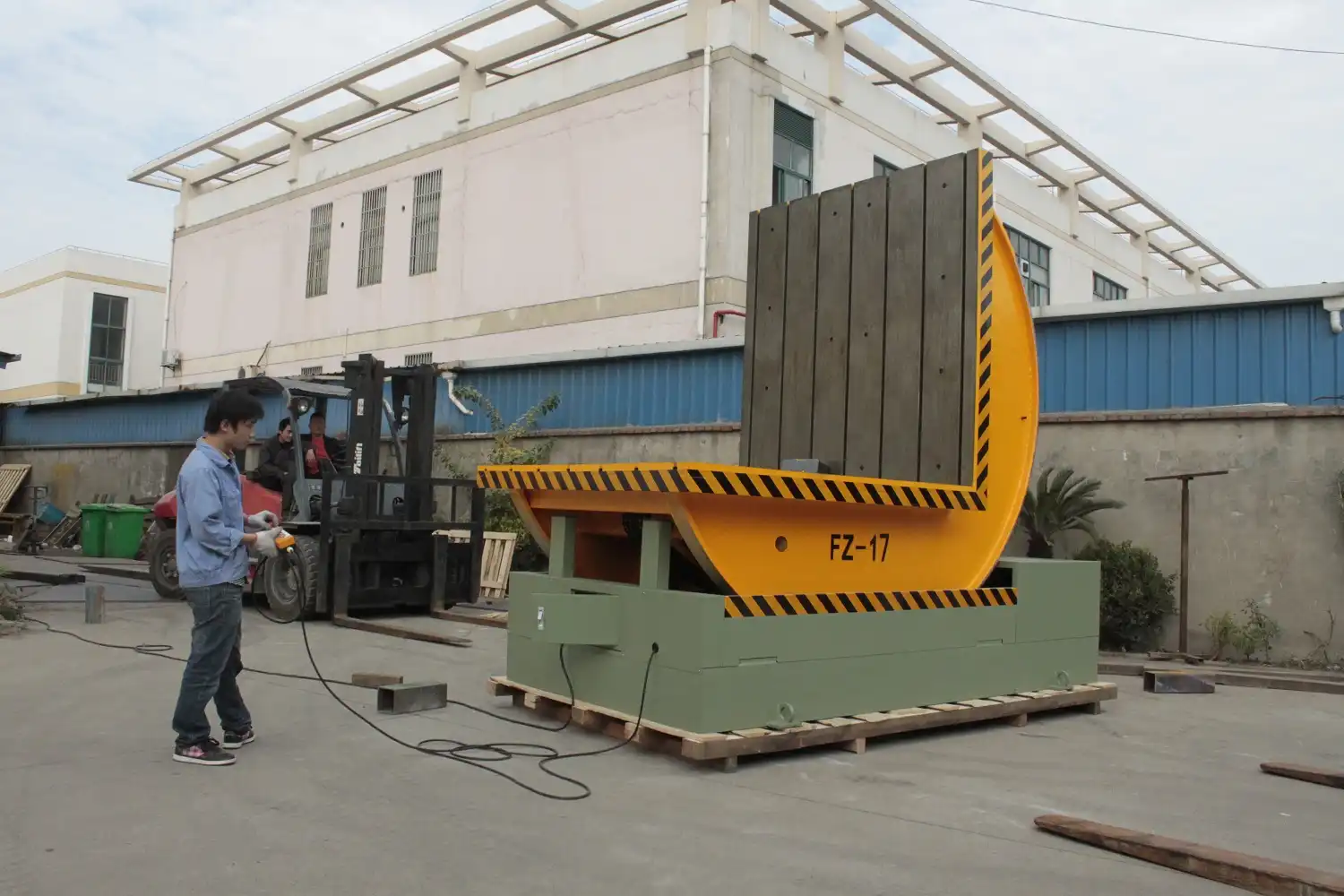
The Transactional vs. The Relational Approach
My journey from employee to factory owner taught me one thing very clearly: long-term success is built on trust, not transactions. A transactional vendor sells you what's in their catalog. A strategic partner first seeks to understand your problem, then engineers a solution. This is the core philosophy of SHJLPACK. We are not just a machine builder; we are a knowledge-sharing platform. We want to help you succeed because your success is our success. You are not looking for a supplier; you are looking for an ally who understands the pressures of running a steel mill in Mexico today.
What a True Partnership Looks Like in Practice
The difference between a vendor and a partner becomes obvious when you look at the entire lifecycle of the equipment.
| Phase | Standard Vendor Approach | SHJLPACK Partner Approach |
|---|---|---|
| Pre-Sale | Sends you a standard catalog and a price. The focus is on their product. | We start by asking for your layout, mold drawings, and workflow. We want to understand your exact needs. The focus is on your problem. We propose a solution, not just a product. |
| Installation | The machine arrives at your dock. You receive a technical manual. Installation and commissioning are your responsibility. | We manage the logistics. Our engineers are available to be on-site to supervise installation, commission the machine, and ensure it integrates with your systems. We train your operators and maintenance staff. |
| Post-Sale Support | You call them when something breaks. They sell you a spare part from a price list. | We provide you with a recommended spare parts list from day one. We offer proactive maintenance plans and remote diagnostic support to prevent problems before they start. Our expertise is always available. |
| Future Growth | When you need another machine, they try to sell you one. | We stay in touch. We share insights on new technologies and regulations. When you are ready to upgrade or further automate, we are there to provide advice as a trusted consultant. |
A few years ago, a client in a similar position to you bought a flipper from us. Six months later, they were struggling to reduce changeover times on an adjacent line. It wasn't our machine, but they called me for advice. We spent an hour on a video call, and I sketched out a simple workflow modification based on my experience. It had nothing to do with selling another machine. It had everything to do with being a partner. That is the difference.
My Insight: Beyond the Machine - A Philosophy for Growth
Javier, I've read about your journey, starting as a team leader and rising to become the owner of your own steel mill. My own path has been similar. I began as a simple packing machine engineer, learning every nut and bolt, before eventually building my own factory. People like us, who have come up through the ranks, share a certain perspective. We understand that success is not about one single decision or one brilliant machine. It's about a relentless commitment to making things a little bit better, every single day.
This philosophy of continuous improvement is what separates good companies from great ones. The challenges you face—energy costs, market fluctuations, government regulations—are not problems you can solve once and for all. They are constants. The only way to win is to build an organization that is more efficient, more agile, and smarter than the challenges it faces.
An investment in a mold flipper is a perfect example of this philosophy in action. On the surface, you are buying a machine to turn heavy objects. But what you are really doing is eliminating a source of waste, risk, and inefficiency from your system. You are taking one process that was chaotic and making it controlled. You are taking a task that was dangerous and making it safe. You are taking a bottleneck and turning it into a smooth, predictable part of your workflow.
This single step creates a positive ripple effect. It frees up your skilled people. It protects your valuable assets. It gives you more production time. It makes your entire operation more resilient. This is how you achieve your goals of lowering costs by 8% or hitting 95% uptime. It's not one giant leap; it's a series of smart, deliberate steps. I built my business, and my financial independence, on this principle. I am dedicated to sharing this knowledge because I believe it is the key to sustainable growth for any industrial enterprise.
Conclusion
Automating mold handling is a strategic move for safety, efficiency, and future growth. A mold flipper is not just equipment; it's a step towards a smarter, safer mill.




